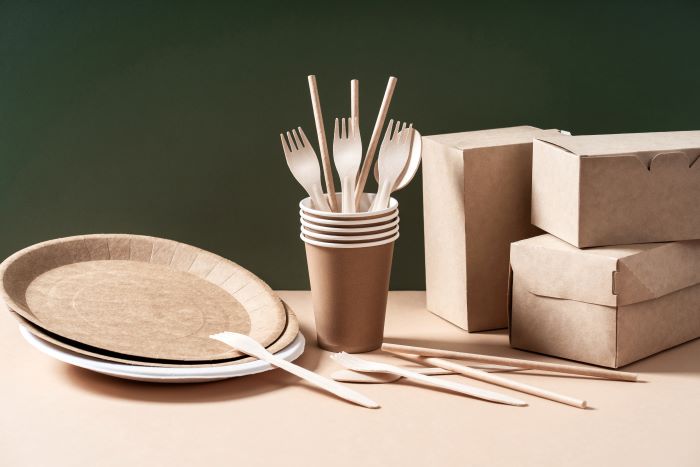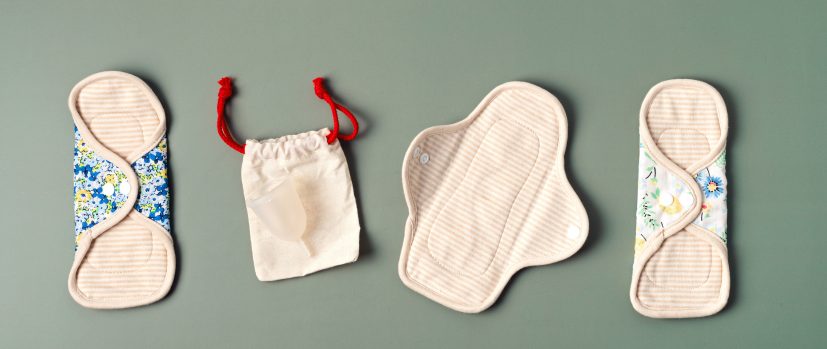Eco-Friendly Clothing: How To Know If It’s The Real Deal
The issue of climate change is increasingly becoming indispensable. Recently, the UK has reported a heat wave with temperatures rising beyond 40 °C due to climate change. People are beginning to pay attention to climate change—individuals, companies, and even organizations. Each of these parties is coming up with ways to curb climate change.
For example, more people are leaning toward using renewable energy sources instead of non-renewable ones. Companies are also striving to reduce their pollution by using eco-friendly materials.
For example, plastic cups in Starbucks have been replaced with paper cups that biodegrade quicker without polluting the environment. Similarly, clothing industries have begun to explore sustainable materials to help produce eco-friendly clothing.
This article will look into what eco-friendly clothing is and how to select the best ones. Keep reading to learn more.
What Is Eco-Friendly Clothing?
Eco-friendly clothing is a sustainable way of clothing that considers its social, health, and environmental impact. This type of clothing focuses on the impact the clothing has on the environment.
It also takes into account the health of the people wearing the clothes and those making them. Eco-friendly clothing, therefore, champions social justice, proper health, and a sustainable environment.
Advantages Of Eco-Friendly Clothing

Here are some of the advantages of using eco-friendly clothing:
- It improves your style by offering durable, timeless, and classic pieces.
- It protects human health as it’s not manufactured using toxic chemicals that might threaten your health.
- It reduces environmental pollution. This is a result of faster decomposition than synthetic clothing.
- It’s easier to maintain.
- It has better quality.
Due to the listed benefits and the fact that being eco–friendly is currently in fashion, more and more companies are claiming to manufacture eco-friendly clothing. However, the higher the number of manufacturers, the higher the chances of buying a counterfeit. This article has put together a step-to-step guide to help you purchase quality eco-friendly clothing.
1. Start By Checking The Clothing Labels
One of the things that are included in the information found in clothing labels is the material used to make that clothing. Therefore, if you’re looking for legit eco-friendly clothing, you should check out their labels to see the materials to manufacture them.
For instance, eco-friendly clothing can be made using materials or fabrics such as:
- Organic cotton
- Hemp
- Leather
- Linen
- Bamboo
- Polyester
- Organic wool
- Modal fabrics such as Tencel and rayon
Additionally, some labels are considered certifications issued by third parties. These certifications are given when a clothing brand meets the set criteria. Criteria are implemented to ensure that clothing brands perform best practices in cloth manufacturing, leading to quality clothing.
B Corporation and Fairtrade Organic are third parties known to offer the best certifications. These companies do the work of verifying whether the fabrics used are eco-friendly and original.
If you don’t find this information on the labels, you can opt to visit a brand’s official website. Some brands prefer giving detailed information on their sites instead of on labels.
There’s also a chance that you might not get the certification information on websites. If this happens, you can choose to contact the clothing brand directly. If they’re genuine, they’ll provide you with the necessary information you want to know.
2. Check The Clothing’s Packaging
The kind of packaging a brand does can also determine whether its clothing is eco-friendly. Eco-friendly clothing brands mind how their packaging affects the environment. Genuine eco-friendly clothing is packed in recyclable or biodegradable packaging solutions.
Recyclable packaging solutions are used because of the following reasons:
- They minimize carbon footprint. Recyclable packaging reduces the amount of carbon dioxide emitted because you don’t have to produce many packaging solutions.
- They increase the sales of eco-friendly clothing. Customers who prefer eco-friendly clothing also prefer eco-friendly packaging. This means they’ll prefer to purchase their clothing from brands that use recyclable packaging instead of buying from brands whose packaging isn’t mindful of the environment.
- Choosing to go green even in your packaging solutions will positively impact your brand’s image and responsibility. Customers will note that your company follows the criteria used in the certification. This will improve your brand’s image. In turn, you’ll have an increased number of loyal customers.
3. Investigate The Owners Of The Clothing Brand You Want To Purchase From
Some brands and their owners have a reputation for manufacturing clothing that’s not legit. On the other hand, others are known to manufacture eco-friendly clothing that’s the real deal. Therefore, before purchasing an eco-friendly, investigate who manufactures that clothing.
After finding out the manufacturers, proceed to investigate the reviews of those manufacturers. Manufacturers that produce legit eco-friendly clothing often have good reviews. The contrary applies to those that manufacture counterfeit eco-friendly clothing.
4. Consider The Cost Of The Clothing
In almost every sector, the original products are usually more costly than the counterfeit ones. As mentioned, eco-friendly clothing has real and counterfeit products. The prices of the two categories differ. The real deal of eco-friendly clothing should be more costly than counterfeit clothing. You can use this theory when trying to differentiate between the two categories.
In some situations, you might not know which clothing is genuine and which one isn’t. In this case, you should consider whether the price is too good to be true. If it’s cheaper than the price of some well-known affordable products, then you should take that as a red flag—a possible counterfeit eco-friendly clothing.
5. Consider The Brand’s Working Condition
The working condition of a clothing company can help you determine whether the clothing is legit eco-friendly or not. The apparel and clothing industry is known to have poor working conditions. On top of that, employees in these companies work for an average of 96 hours a week, which might be considered overworking.
On the contrary, eco-friendly clothing companies have a reputation for providing their workers with a friendly and comfortable working environment. This is related to the notion that you can’t be producing eco-friendly clothing if your ethics don’t mind the working environment you offer employees.
Also, eco-friendly clothing is assumed to be manufactured by people who earn enough to sustain them. For instance, an eco-friendly brand shouldn’t pay its employees poorly yet side with campaigns like Fashion Checker. The Fashion Checker campaign fights for the wages of clothing workers. In other words, eco-friendly clothing companies are concerned about the health and safety of their workers, as well as the quality of life.
Sometimes, it might be challenging to get information on the working conditions of these companies. However, many eco-friendly companies try to be as transparent as possible to attract more customers who believe in eco-friendly practices.
Therefore, if a clothing brand isn’t upfront with its operation and eco-friendly practices, it could be because it’s not entirely eco-friendly. Therefore, it’d be best if you avoided purchasing clothes from such companies even though they’re branded as eco-friendly.
Wrapping It Up
Eco-friendly clothing, like other sustainable practices, has gained popularity due to the increase in awareness of climate change and the need to take action. Some companies have taken advantage of it and have started to produce counterfeit eco-friendly clothing.
If you’re not a pro in this sector, you might confuse counterfeit with genuine. However, it doesn’t have to be the case. Consider using the step-to-step guide detailed in this article to help select the real deal eco-friendly clothing. All the best!
Read Also:








